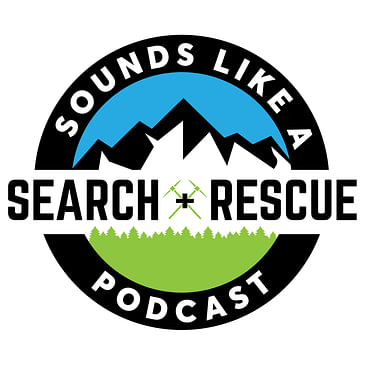This week we are joined by Kimball Rexford of TrailsNH.com. TrailsNH has just about every hiking trip report, trail advisory, and forest road closing in the Northeast. By following hiker blogs and hiking forums TrailsNH helps hikers access the most current trip planning information anywhere. It truly is a one stop shop to aggregate information on hiking across new england. Plus the story of a fatality and the ensuing rescue on Mount Washington in 1983 during an unusual weather period where the mountain became completely covered in ice. We have recent hikes on the Grand Traverse, Mount Washington and Pleasant mountains. A rabid fox story that we skipped over last week, Flower drama in Stomps area, claims of Sabotage on Mt. Everest, more details on the Massachusetts hiker attacked by a Grizzly, a fatality at an indoor climbing gym, shark news, and rescues on Mt. Cardigan, Edmands Col, and the Rocky Branch trail
About TrailsNH
This weeks Higher Summit Forecast
Topics
-
Stomp is going to break his teeth if he keeps opening beer can with them
-
Lupin field mowed because visitors are misbehaving
-
Mount Everest Drama
-
Update on Mass man attacked by a Grizzly bear
-
Rapid fox on the loose
-
Mount Washington is dangerous
-
Death in a climbing gym
-
Circumnavigating Lake Winnipesaukee
-
Sharks!
-
Gear Review
-
Recent hikes on Grand Traverse, Mount Washington, Pleasant Mountain and Scaur
-
Guest of the week - Welcome Kimball Rexford
-
History Segment - Ken Hokenson and Ali Kashkooli - March 24, 1983 Mount Washington
-
Recent Search and Rescue News
Show Notes
-
How dangerous is Mt. Washington weather compared to other peaks?
-
Lost hiker rescued after hours of bushwhacking in Wild River
Sponsors, Friends and Partners
